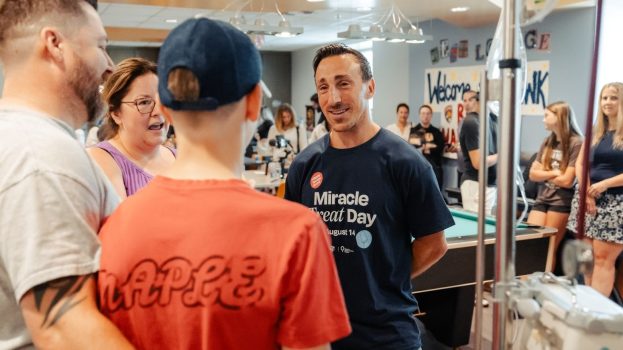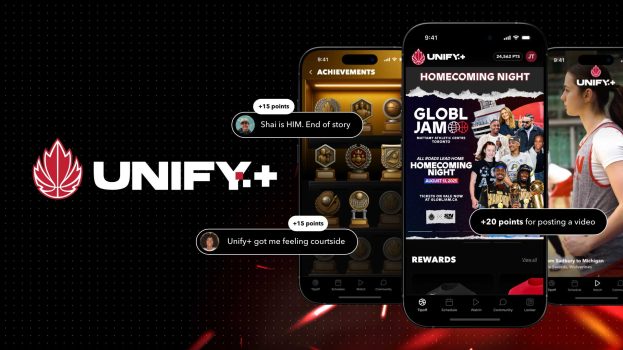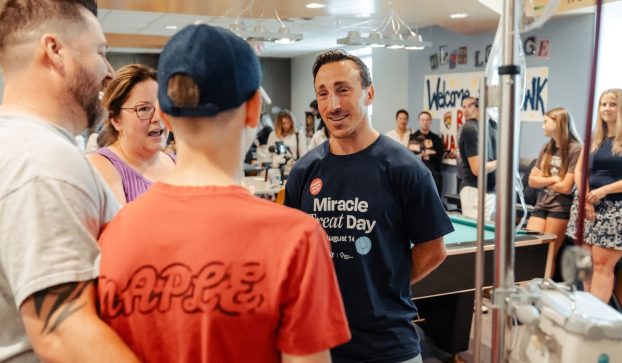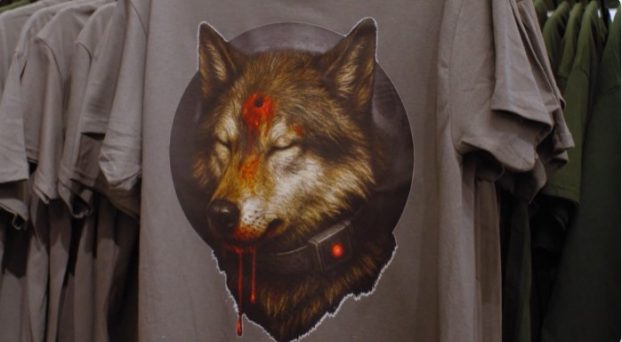This story appears in the September 2015 issue of strategy.
For our Next Big Things issue, we reached out to creative minds in several corners of the industry to get a sense of which recent developments excite them, and what their next steps and applications should be. Here are some data-related ideas our pundits predict to make waves in the industry.
Brands get a slice of the sharing economy
 Marilou Aubin and Jennifer Varvaresso, interactive creative directors, Lg2 Montreal
Marilou Aubin and Jennifer Varvaresso, interactive creative directors, Lg2 Montreal
If 2015 was the year the sharing economy exploded, 2016 will be the year brands have to join in.
Sharing economy companies are not selling products. They’re offering platforms to connect people, so they invest everything in that service to meet people’s needs, making it cheaper, more convenient and profitable for all. Even if technology made this shift possible, the revolution is actually social.
Brands need to find ways to monetize mediation services instead of just selling products because the opportunities are plentiful. If a brand manufactures cars, is it in the business of selling vehicles or helping people get around? A great answer to that question is Car2Go, the car sharing service created by Smart.
Is a telecom provider in the business of selling data or helping to connect people? Singapore telco StarHub allows subscribers to donate unused data to charity, but this also could have been a model where users can buy and sell unused data to each other directly, with the telco getting a percentage of the transactions.
In 2015, Montreal saw the arrival of Provender, a business connecting farmers directly to restaurants, but why isn’t there a food wholesaler or a distributor behind this initiative?
A renovation centre could offer a service where people can rent their tools to others directly, thus acquiring valuable behavioural data for e-commerce purposes. Building off that, a clothing retailer could pair people with similar profiles (from gender to size to style) and help them sell and buy used clothes among themselves and, of course, offer pieces to help complete the look. By accepting that they are not always at the centre of commercial activity, brands can “gain from the periphery” by facilitating or augmenting consumers’ sharing experience.
A stock market for consumer data
 Tom St. John, director of Digital Ignition Team, John St.
Tom St. John, director of Digital Ignition Team, John St.
Everything we do is creating a personal data footprint all day, every day. Reading, watching, listening, visiting, sharing, traveling, eating, buying, running, sleeping: all of our daily activities on websites, in apps and, increasingly, in physical locations, are being captured, stored and owned by someone. And most of the time that owner is not us, but this will change.
Personal data exchanges will emerge as organized ways for individuals to capture, expose and put a market value on their data patterns. Consumers and groups will be able to connect their web, mobile and physical location data directly to online and mobile data exchanges, and brands will be able to bid on and access the information in a way that is very similar to how we buy and sell stocks. Think of it as a “personal consumer API” that can syndicate and expose data directly to brands.
Brands will be less dependent on third party consumer data aggregators and go directly to consumers who are interested in exposing their data footprints in exchange for a receiving a fee, more well-targeted offers and overall better advertising experiences. The next generation of consumers are data creators and expect to have power and control over all of their online and mobile activities and the resulting data patterns. The missing piece right now are the tools and services to let them do this.
Utility providers could create targeted energy usage offers based on usage habits captured by connected thermostats and lighting devices. Healthcare professionals can offer health advice and treatments based on eating, exercise and lifestyle data submitted directly to private health data exchanges. Retailers can deliver targeted offers and creative ads based on consumers’ overall shopping habits across all the brands they frequent in-store, online and in-app.
Marketplaces naturally emerge when two groups can benefit from connecting and exchanging value. Personal goods, stocks, home renovations, tickets, food and almost everything else has proven this to be true online. Personal data exchanges are simply the next big marketplace opportunity.
Gamification reaches the next level
 Susan Irving, senior marketing director for core brands, PepsiCo Foods Canada
Susan Irving, senior marketing director for core brands, PepsiCo Foods Canada
Great marketing connects with your target consumer in new and impactful ways, and one of the biggest challenges is how to do this in an over-saturated market where we compete for consumers’ attention while ensuring there is a strong link to your brand equity.
Enter gamification. By leveraging the same data-driven insights that game designers use to engage players, the Doritos brand has created memorable and compelling branded experiences for our core consumer. But the key to successful gamification in marketing is striking the right balance between the creative, rules of play and the prizing. We’re not yet at the point where we’ve struck this balance, but we’re on our way.
“One-to-one” consumer targeting is one thing that will help get us there. As our understanding of data analytics and insights develops – especially when aided by AI technology that has the capacity to learn – we’ll be able to drill down to such a precise level that we can tailor gamified experiences to individuals. So if a CPG brand knows I love fashion, the Easter egg in the game I’m playing might be an offer from my favourite store, while my husband gets swag from his favourite sports team from the same game. Bingo – that’s brand love right there.
Want more Next Big Things? Check out these future-looking ideas in mobile and smart devices.

























